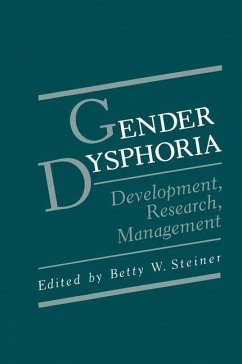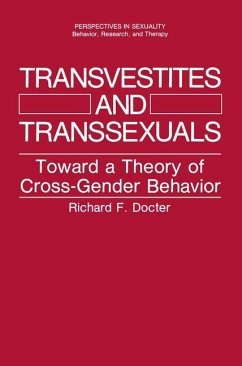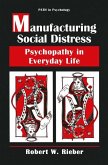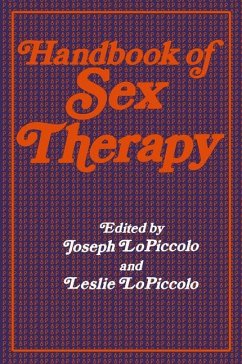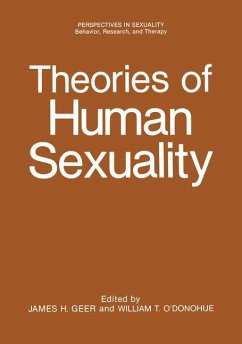In the decade-and-a-half since I coedited Transsexualism and Sex Reassignment (Green & Money, 1969), remarkable changes have occurred with Harry Ben jamin's "transsexual phenomenon" (1966). Formerly, when writing about this condition in scientific journals, it was necessary to define the term transsex ualism. Now the lay public recognizes it. Even the American Psychiatric Asso ciation acknowledges it as a "disorder," with its inclusion in the Third Edition of its Diagnostic and Statistical Manual (1980). Although this "elevation" to the status of mental illness may seem a Pyrrhic victory, it is a recognition of the legitimacy of transsexual ism as a source of human suffering. The controversy that surrounded the decisions in the early patient cases to perform sex-change surgery has largely dissipated. The cries of "collusion with delusion," principally from psychoanalysts, have quieted. The dire predictions of psychosis and/or suicide following surgery as the "last psychic defenses are cut away" have almost never been realized. By contrast, many postoperative patients consider the surgery to have been life-saving. Medical centers worldwide have incorporated programs for evaluating and treating persons requesting sex reas signment. Elaborate guidelines for patient management have been developed by an international organization of health care professionals (Harry Benjamin Inter national Gender Dysphoria Association, 1981). Harry Benjamin's child has come of age.
Hinweis: Dieser Artikel kann nur an eine deutsche Lieferadresse ausgeliefert werden.
Hinweis: Dieser Artikel kann nur an eine deutsche Lieferadresse ausgeliefert werden.

